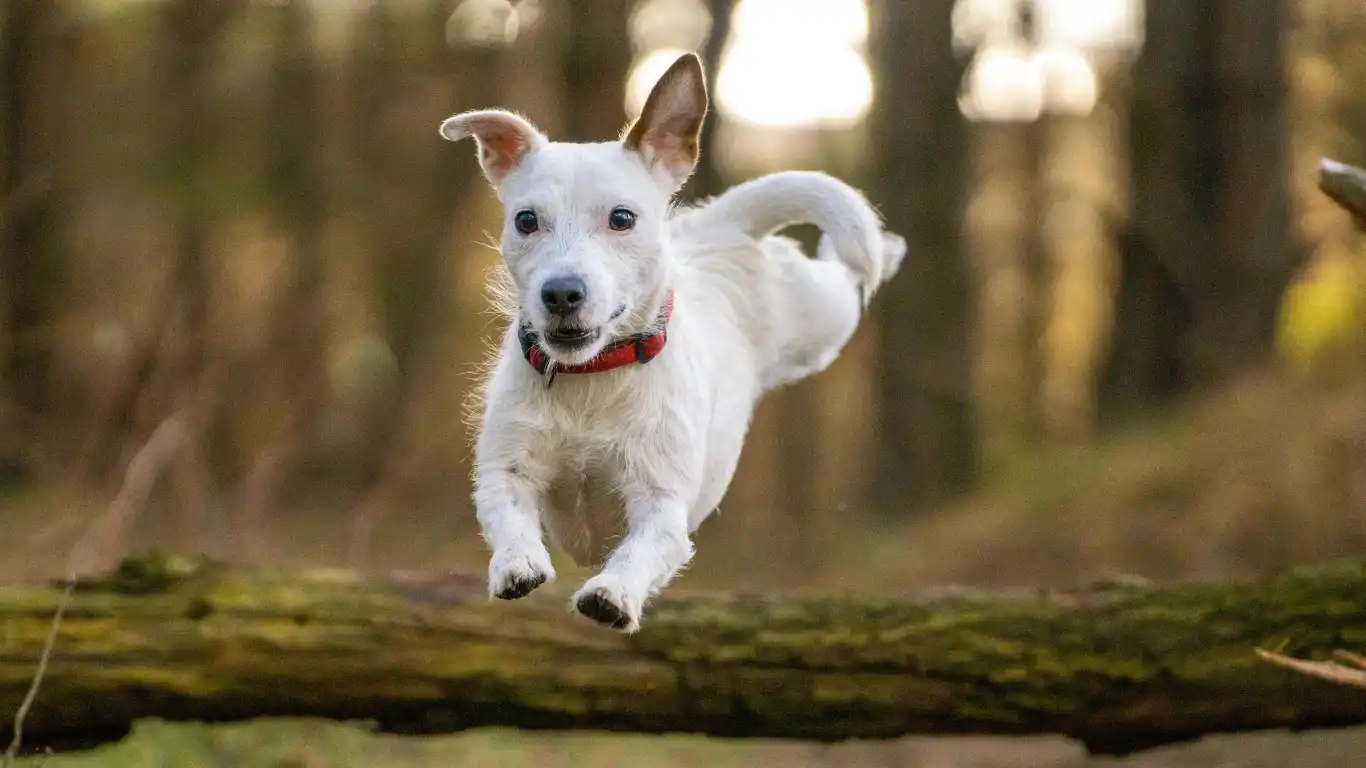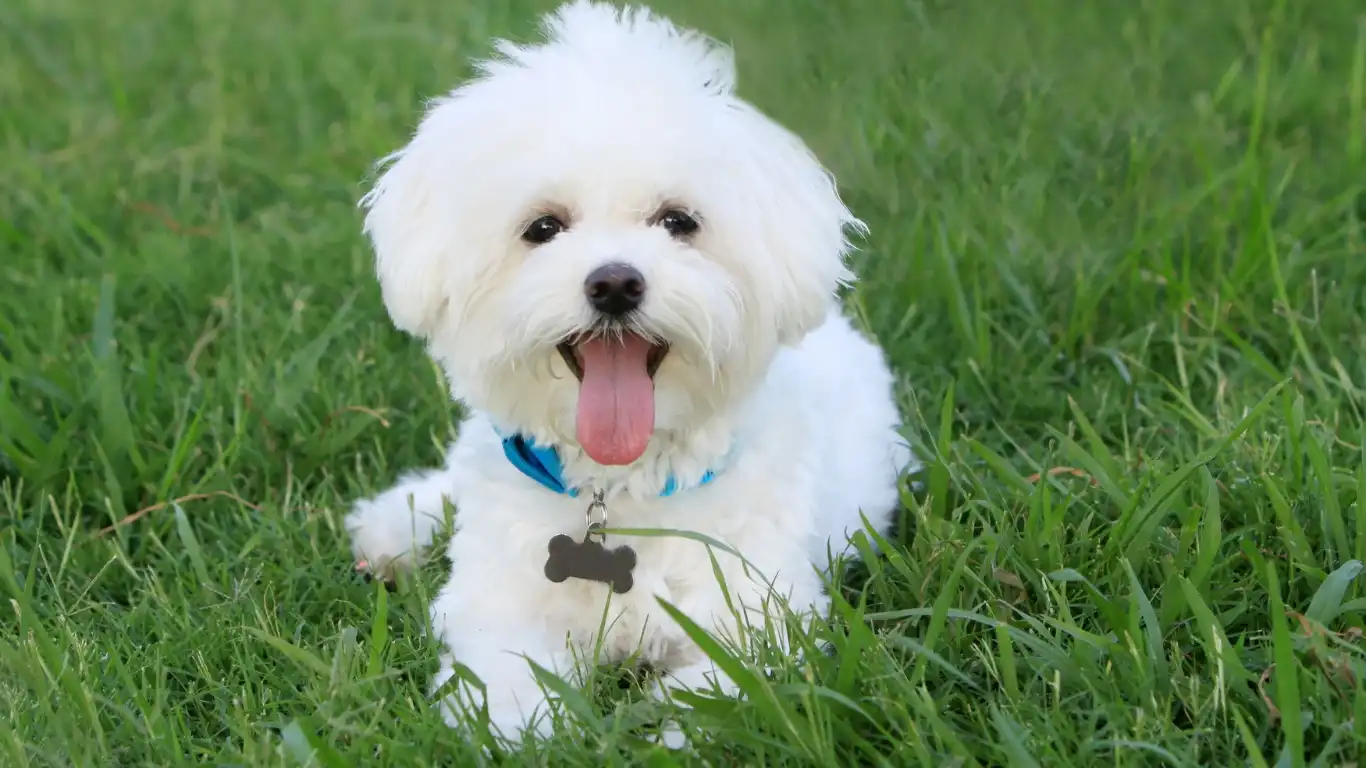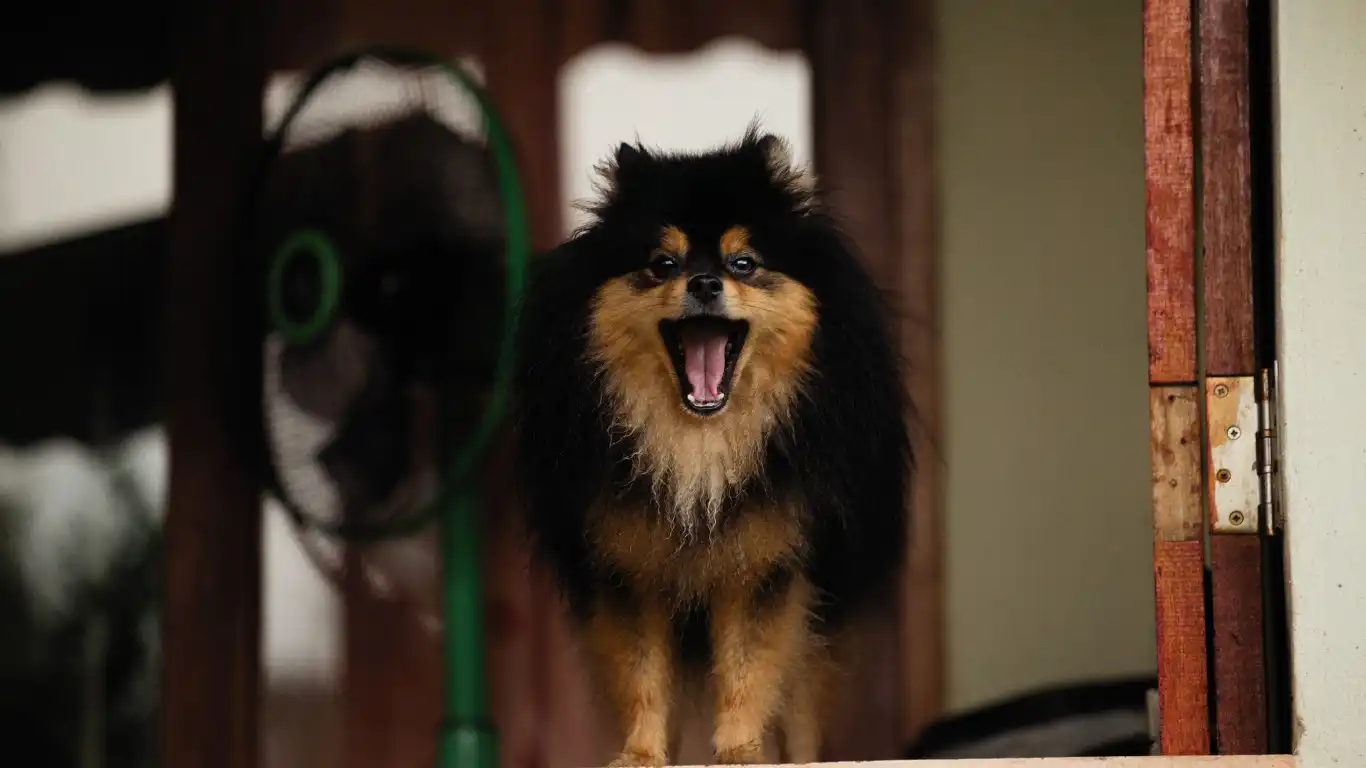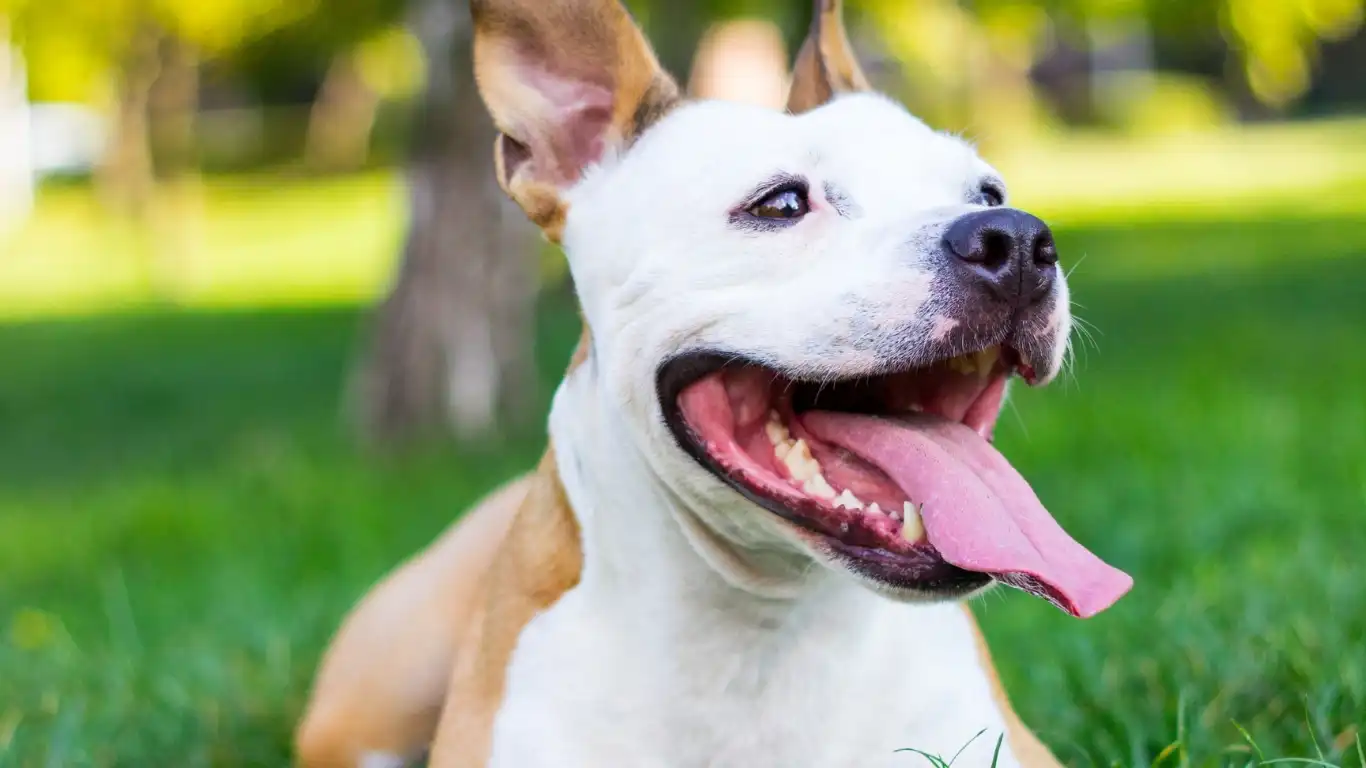How to Prevent Dog Injuries During Playtime: Top Safety Tips
As a Veterinary Technician/Nurse with a special focus on nutrition, I’ve spent countless hours working with dogs and their owners. One thing I’ve come to realize is that playtime is not only crucial for a dog’s physical and mental health, but it also opens up the potential for injury. Many pet owners overlook the importance of preventing injuries during play, and as a result, their dogs can end up in my care for something that could have been avoided. In this article, I’ll share some of the best tips and tricks I’ve learned throughout my experience on how to prevent dog injuries during playtime and keep your furry friends safe, happy, and healthy.
Understanding the Risks: Why Dog Playtime Can Be Dangerous
Let’s face it – our dogs love to play. Whether it’s chasing after a ball, tugging on a rope, or running around the yard with their dog friends, playtime is essential for a dog’s well-being. But just like any form of physical activity, play can lead to accidents. In fact, injuries during playtime are one of the most common reasons I see pets come into the clinic.
So, what kind of injuries are we talking about here? Well, I’ve seen everything from sprained joints, pulled muscles, cuts, bruises, and even broken bones. In some cases, more serious conditions like torn ligaments or even spinal injuries can happen, especially with high-energy dogs that tend to go all-in when playing. It’s important to note that while these injuries can be painful, many of them are preventable. With a little bit of knowledge and some safety precautions, you can help your dog enjoy their playtime while minimizing the risks.

How to Prevent Dog Injuries During Playtime: Start With Proper Warm-Up and Cool-Down
The Importance of a Good Warm-Up
Just like humans, dogs need to warm up before engaging in intense physical activity. It’s easy to forget this step, especially if you’re eager to see your dog run around and have fun, but it’s crucial to prevent sudden muscle strains or joint injuries. A quick warm-up can prepare your dog’s muscles, ligaments, and tendons for the upcoming activity and reduce the chances of pulling something or getting hurt.
Start by walking your dog for a few minutes on a leash to get their blood flowing. If they’re a younger dog or one with a lot of energy, you can incorporate some gentle stretches or even a slow jog to get their body warmed up. Think of it like how we stretch before a workout – it helps ease the body into the motion. Not to mention, it also helps with mental preparation, especially if your dog is jumping straight from a nap into a game of fetch!
Cooling Down After Playtime
After an intense game of fetch or a long session of tug-of-war, your dog might be ready to collapse in a heap of exhaustion. But before they do, it’s important to cool down. The cool-down phase helps bring your dog’s heart rate and breathing back to normal. Skipping this step can lead to muscle stiffness or discomfort later on.
A simple cool-down could be another gentle walk or some light stretching to help your dog’s muscles relax. Even if they seem to want to immediately lay down, take a few minutes to help their body gradually return to a resting state. I’ve seen plenty of cases where skipping this step led to muscle soreness or tightness in dogs, particularly those who are very active or older. So, don’t rush them straight into rest mode – a little cool-down goes a long way!

Choosing the Right Play Toys and Equipment
Why the Right Toys Matter
Another essential part of keeping your dog safe during playtime is selecting the right toys. I can’t stress this enough – choosing toys that are appropriate for your dog’s size, breed, and play style is key to preventing injuries. For example, a very small dog might be overwhelmed by a large, heavy ball that’s meant for bigger breeds. On the other hand, a toy that’s too small for a large breed can easily be swallowed or cause choking hazards.
When choosing toys, look for durable materials that won’t break or tear easily. Some rubber toys are great for chewing, while others are designed for tugging or fetching. Make sure the toys are well-made and free from sharp edges that could cause cuts or scrapes during play. Always check for wear and tear, and replace toys as needed to prevent them from breaking apart and causing harm to your dog.
How to Safely Use Play Equipment
If you’re using any play equipment like agility courses or fetch balls, make sure they’re set up properly. I’ve seen dogs get injured when owners set up makeshift obstacle courses that weren’t stable or safe. The last thing you want is for your dog to trip over a poorly secured piece of equipment or slip on a hard surface while jumping. Always inspect the play area and equipment for any potential hazards before allowing your dog to play. A quick safety check can save you from costly vet bills or, worse, serious injury to your dog.

Know Your Dog’s Limits
Playtime Isn’t a Marathon
Not every dog is built for endless play, and it’s essential to know your dog’s limits. While some dogs seem to have an inexhaustible supply of energy, others tire out quickly and can overdo it without you even realizing it. It’s your job as the owner to recognize when your dog is getting tired and needs a break. Overexertion can lead to muscle strains, overheating, and even more severe injuries like heatstroke.
If you’re playing outdoors, especially in the summer heat, be mindful of your dog’s energy levels. Take breaks during playtime, offer water frequently, and watch for signs of fatigue. Excessive panting, slowing down, or avoiding play altogether can all be signs that your dog needs a rest. Keeping a balance between active play and recovery will ensure your dog enjoys their playtime without putting unnecessary strain on their body.
Keep Playtime Safe by Monitoring Your Dog’s Behavior
Watch for Signs of Overexertion
One of the most important things I’ve learned as a veterinary technician is that dogs are excellent at hiding when they’re in pain or overly tired. This can sometimes make it tricky for us pet parents to know when they’ve hit their limit during playtime. I’ve seen dogs that continue to play despite showing subtle signs of exhaustion, which can lead to injuries like muscle strains or dehydration.
Keep an eye on your dog during play for signs that they’re getting tired or overheated. For example, excessive panting, slower movements, or even a shift in behavior can all be red flags. In my experience, some dogs, especially those with high energy, will push themselves beyond their limits if they’re not stopped. That’s why I always recommend regular breaks, especially for dogs with boundless energy. If they seem overly eager to keep going, take it as a sign to give them a breather. A five-minute water break or some shade can make all the difference in preventing injury.

Know When to Call It Quits
It can be hard to stop a game that’s going well, but there are times when you simply have to call it a day. You’ll know your dog best, but when they’ve had enough, you’ll start noticing physical and behavioral cues. For example, if your dog starts limping or shows signs of soreness, it’s time to stop play and rest. Sometimes, it’s a sudden limping after a jump or sprint that indicates an injury, or it can be something as simple as them losing interest in the game altogether.
Another thing to consider is the breed and age of your dog. Older dogs or dogs with joint issues, like arthritis, may not show obvious signs of fatigue until after they’ve overexerted themselves. In these cases, it’s especially important to be proactive and avoid any activity that could cause strain on their bodies. Playtime should be fun and healthy, but it’s essential to always know when your dog’s body needs a break.
Creating a Safe Play Environment
Choosing the Right Location
Sometimes the environment can be just as important as the toys and activities during playtime. Over the years, I’ve learned that the right space can make all the difference when it comes to preventing injuries. Whether you’re playing indoors or outdoors, it’s essential to make sure the area is safe and free from hazards.
If you’re playing outside, look for a grassy, flat area where your dog has plenty of room to run without any obstacles that could cause them to trip. Avoid areas with sharp rocks, sticks, or uneven ground that can lead to sprains or cuts. I’ve often seen dogs get injured by running into obstacles like fences or rocks, and it’s heartbreaking because these injuries are so easily preventable with the right setting. In addition, be mindful of the weather. Hot pavement or sand can burn a dog’s paws, and excessive heat can cause dehydration or heatstroke, especially in dogs with shorter snouts.
Indoor Play: A Safe Alternative for Bad Weather
When the weather’s bad outside, or if you live in a place with limited outdoor space, indoor play can be just as much fun – and safer in some cases! However, there are a few precautions to keep in mind when playing indoors. First, make sure the floor is non-slippery, especially if your dog likes to make sharp turns during play. Hardwood floors can be a danger zone for slip-and-slide accidents, which can lead to injuries like sprained ankles or pulled muscles. Adding rugs or mats can help your dog maintain better traction.
Also, be mindful of your indoor space. If you have furniture, electronics, or delicate items, keep them out of the way during play. I’ve seen dogs get injured when they bump into coffee tables or knock things over in a game of fetch indoors. If possible, create a designated play area where your dog can safely run around without the risk of knocking anything over. Playtime inside is a great way to keep your dog active when the weather isn’t cooperating, but it’s essential to make sure the environment is safe and injury-free.

Maintaining Your Dog’s Health for Safe Playtime
Regular Vet Checkups: More Than Just Vaccines
One often-overlooked factor in preventing injuries during playtime is ensuring that your dog is in good overall health. Regular vet checkups are crucial not only for vaccinations but also for identifying potential health issues that could affect your dog’s ability to play safely. As a veterinary technician, I’ve seen countless cases where dogs with undiagnosed conditions, such as hip dysplasia, arthritis, or heart problems, have injured themselves during playtime. Catching these conditions early can make a huge difference in how safely your dog can enjoy physical activities.
During a routine checkup, your vet can assess your dog’s overall health, including their joints, muscles, and heart, and make recommendations for adjustments to their activity levels. If your dog has a condition that limits their physical activity, your vet may suggest modified playtime routines or even recommend specific exercises to help them stay healthy without overdoing it.
Proper Nutrition for Strong Bones and Joints
Another critical element that often gets overlooked in preventing injuries is your dog’s nutrition. A well-balanced diet not only keeps your dog’s energy levels up but also supports the health of their bones, muscles, and joints. As a veterinary technician with a focus on nutrition, I can’t emphasize enough how vital it is to feed your dog the right food to maintain a strong, injury-resistant body.
For example, joint health is especially important for dogs who love to play hard. Foods that contain omega-3 fatty acids, glucosamine, and chondroitin can support joint health and reduce inflammation. If your dog is older or prone to joint issues, your vet may also recommend supplements that help support cartilage and keep them moving with ease. I’ve seen firsthand how a proper diet can keep a dog’s body in top shape and help them avoid injuries during play. A well-fed dog is a happy, healthy, and injury-free dog!

Training for Safe Playtime
Basic Obedience: The Foundation of Safe Play
Training is another crucial aspect of preventing injuries during playtime. A dog that knows basic commands like “sit,” “stay,” and “come” is much safer during play because they can be controlled and directed when necessary. As much as we want our dogs to have fun, there are times when playtime needs to be paused for safety reasons, and having your dog respond to commands is essential for managing the situation.
Training doesn’t have to be extensive or complicated. Simple commands can make all the difference in keeping your dog safe. For instance, if your dog is playing fetch and starts running toward a busy street, a well-timed “stop” or “come” can prevent a potentially dangerous situation. Likewise, teaching your dog not to jump on you or other people during play can reduce the risk of falls or injuries caused by excited behavior.
Managing Playtime With Multiple Dogs
How to Safely Play With More Than One Dog
As much as individual playtime is important for every dog, things can get a little tricky when you have more than one dog involved. I’ve worked with plenty of pet owners who have multiple dogs, and I’ve seen firsthand how playtime can turn into chaos if it’s not managed properly. While many dogs enjoy the company of other dogs, too much rough play can lead to injuries, especially if the dogs are not properly socialized or if there’s an imbalance in size, strength, or temperament.
When you have multiple dogs, it’s essential to supervise their interactions closely. I’ve had clients with large breeds and smaller dogs where one enthusiastic playmate can accidentally injure the other just by being too rough. For example, a gentle game of tag might escalate into a collision if the dogs aren’t equally matched in size and energy. It’s important to keep an eye on their behavior and intervene if the play turns into something more aggressive.
How to Create a Fair Play Environment
If you have dogs with varying energy levels, one of the best things you can do is to create a balance. You can encourage more gentle play by using toys that promote healthy interaction. Interactive toys like tug ropes can help manage competition and direct energy into safe, cooperative play. If you’re concerned about rough play, try to separate dogs into smaller playgroups based on size or energy levels, giving each dog a chance to enjoy playtime without the risk of injury.

Recognizing and Preventing Common Playtime Injuries
Sprains, Strains, and Musculoskeletal Injuries
Musculoskeletal injuries are some of the most common problems I see in dogs after a game of fetch, tug-of-war, or roughhousing. When dogs get overly excited, they sometimes push their bodies beyond their limits, which can lead to strains and sprains. One thing I always remind dog owners is that sudden movements, like jumping or sudden stops during high-speed chases, are prime culprits for injuries. These can lead to muscle strains, ligament tears, or sprains, which can be painful and take time to heal.
Preventing these injuries is all about keeping playtime within limits. When you’re engaging in active play with your dog, try to avoid activities that put excessive strain on the body, like jumping from great heights or making sharp turns on slippery surfaces. If your dog loves to jump, make sure it’s in an area that has a soft landing, such as grass or turf, rather than on hard surfaces like concrete. And if your dog is prone to overdoing it, it’s always best to shorten their play sessions or provide more frequent rest breaks.
Injuries to Paws and Claws
Paw injuries are another common issue I’ve seen with dogs during playtime. Dogs love to run, and this can sometimes cause damage to their paws, especially if they’re running on rough or uneven terrain. Cuts, scrapes, and even burns from hot pavement or sand are all injuries that can happen during play, particularly in dogs who love to run on hard surfaces.
It’s essential to regularly inspect your dog’s paws for any injuries after playtime. I recommend checking between their toes for any debris like pebbles or thorns that could cause irritation. Also, be mindful of the temperature of the ground during hot summer days. If it’s too hot for your bare feet, it’s too hot for your dog’s paws. A little prevention goes a long way in protecting their feet and ensuring they can continue playing pain-free.

The Role of Rest and Recovery in Injury Prevention
Why Rest Is Just as Important as Play
When I talk to dog owners about playtime, I always remind them that rest is just as important as the activity itself. In fact, proper recovery time after physical activity is crucial for your dog’s overall well-being and injury prevention. Many dogs get excited about play and don’t know when to stop, but if they don’t get enough rest, they are more prone to overuse injuries, fatigue, and muscle strains.
After an intense play session, it’s important to allow your dog some time to cool down and recover. This gives their muscles a chance to rest and repair. If you’re playing with a high-energy dog, it’s especially important to keep an eye on their behavior. Just like us, dogs need to replenish their energy stores after exercise, so make sure they have access to water and a comfortable resting spot afterward. I’ve had several clients who’ve had to deal with injuries because they didn’t recognize the importance of rest after physical activity. So remember: a tired dog needs to rest, not keep playing!
Recovery Time and Managing Play Schedule
Along with rest, you should also consider managing the frequency of play sessions. Too much play in one day can result in physical strain, especially for younger or older dogs. It’s a good idea to schedule multiple shorter play sessions throughout the day rather than one long session. This helps to spread out the activity and gives your dog time to recover between sessions. For instance, a 10-minute fetch session followed by a 15-minute break can be much safer and more beneficial than a 30-minute run all at once.
References
If you’re looking to learn more about dog safety during play or specific health tips, here are some helpful resources to check out:
- American Kennel Club (AKC) – A great resource for dog health and safety tips.
- PetMD – Trusted advice on keeping your dog healthy and safe during playtime.
- National Institutes of Health (NIH) – Information on animal health and wellness.
- Health.com – Expert advice on wellness for both humans and pets.
Disclaimer
The content provided in this article is for informational purposes only and should not be considered as medical advice. Always consult with a licensed veterinarian or animal healthcare professional before making any changes to your dog’s health, diet, or play activities. Individual needs may vary based on your dog’s breed, age, and health condition.






